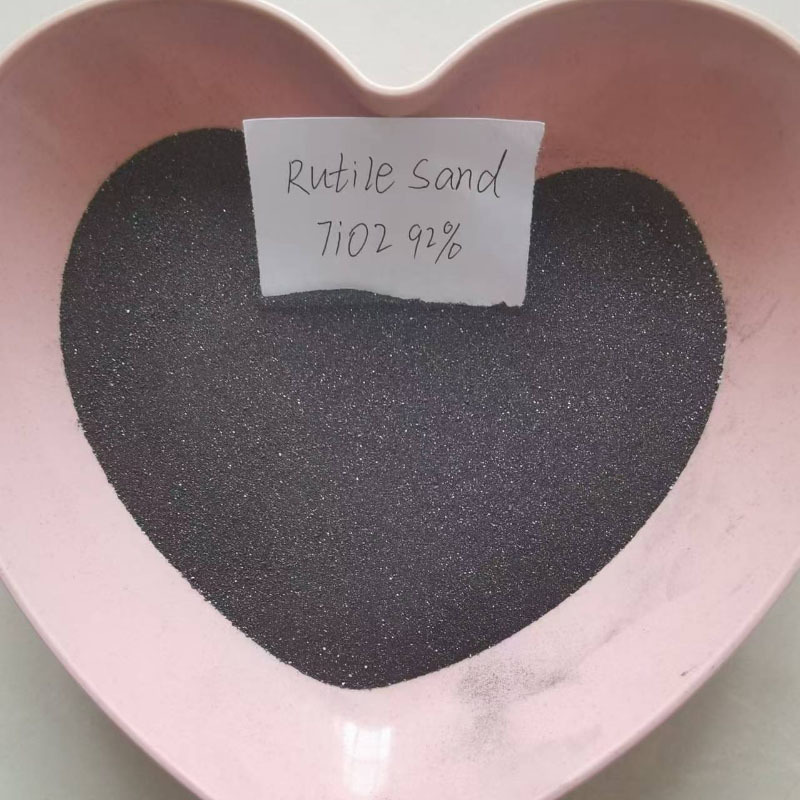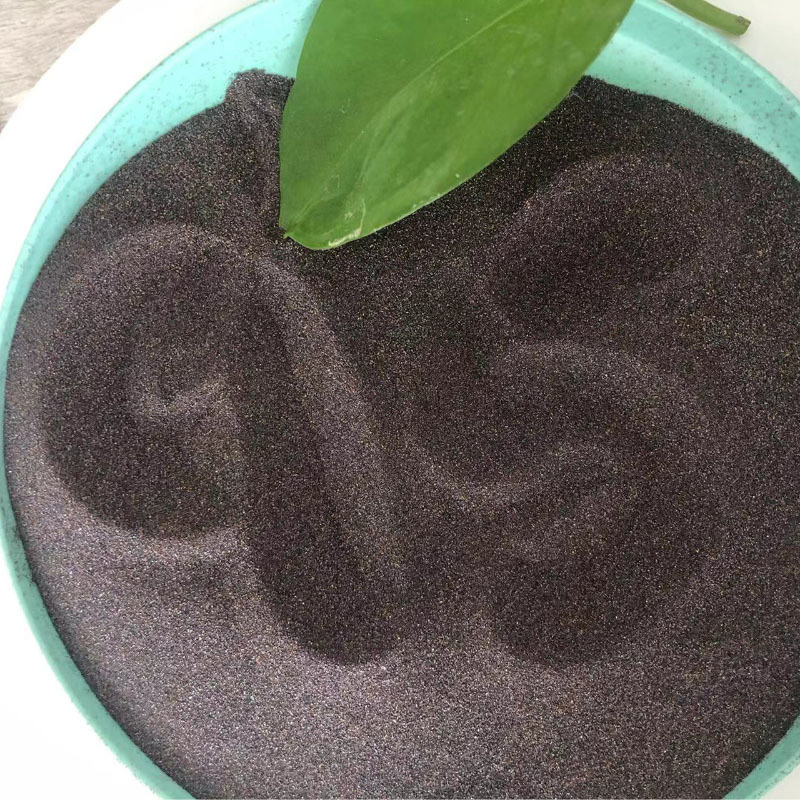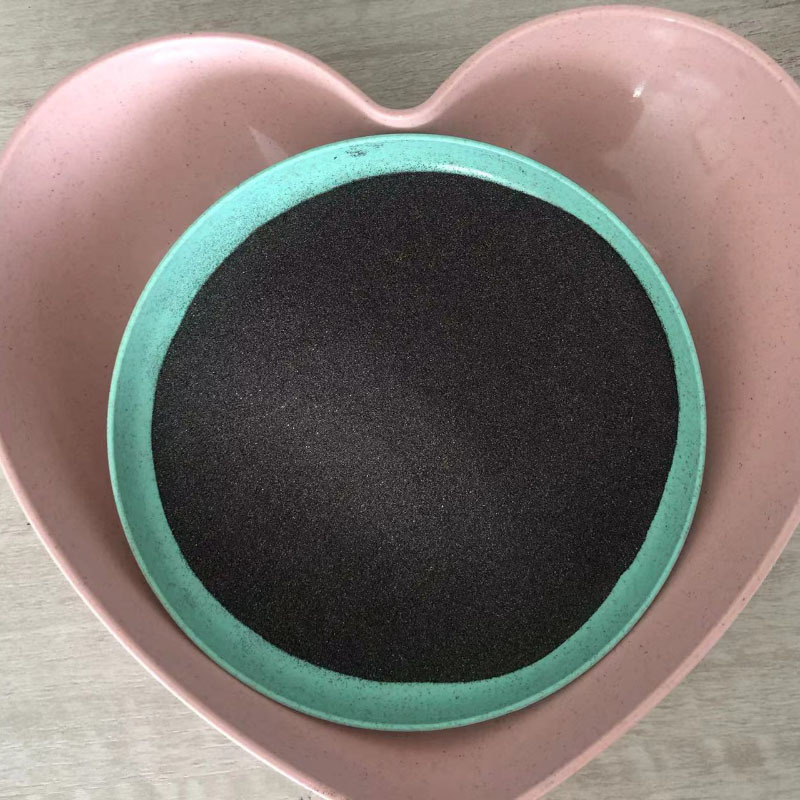The Advantages of Using Rutile Sand 95% Over Traditional Materials
Release Time:
Apr 24,2025
The Advantages of Using Rutile Sand 95% Over Traditional Materials Introduction to Rutile Sand Rutile sand, primarily composed of titanium dioxide (TiO2), is a naturally occurring mineral renowned for its exceptional properties. With a purity level of 95%, it stands out as a superior alternative to traditional materials in various applications, particularly within the chemical industry and advan
The Advantages of Using Rutile Sand 95% Over Traditional Materials
Introduction to Rutile Sand
Rutile sand, primarily composed of titanium dioxide (TiO2), is a naturally occurring mineral renowned for its exceptional properties. With a purity level of 95%, it stands out as a superior alternative to traditional materials in various applications, particularly within the chemical industry and advanced manufacturing sectors. This article will delve into the numerous advantages of utilizing rutile sand over conventional materials, providing a comprehensive analysis of its benefits, applications, and environmental impact.
Understanding Rutile Sand and Its Composition
Rutile is one of the three primary forms of titanium dioxide, the others being anatase and brookite. It is characterized by its high refractive index and strong UV absorption, making it highly sought after in many industrial applications. Rutile sand is typically sourced from mineral deposits found in beach sands and is processed to achieve a high level of purity—95% TiO2 content, which significantly enhances its performance in various uses.
The Unique Properties of Rutile Sand
High Purity and Quality
Rutile sand's 95% purity level sets it apart from many traditional materials. This high concentration of titanium dioxide ensures better performance in applications like pigments for paints, plastics, and coatings. The purity translates into vibrant colors, improved durability, and enhanced resistance to fading over time.
Superior Chemical Stability
Rutile sand exhibits outstanding chemical stability, making it resistant to harsh environmental conditions and chemical reactions. This characteristic is particularly beneficial in industries such as construction and manufacturing, where materials are often exposed to corrosive elements.
Environmental Resistance
One of the standout features of rutile sand is its ability to resist degradation from UV light, moisture, and extreme temperatures. This property ensures that products made from rutile-based materials maintain their integrity and performance over extended periods, reducing the need for replacements and contributing to sustainability.
Comparative Analysis: Rutile Sand vs. Traditional Materials
To fully appreciate the advantages of rutile sand, it is crucial to compare it with traditional materials commonly used in similar applications.
Cost-Effectiveness
While the initial cost of rutile sand may be higher than some traditional materials, its long-term cost-effectiveness cannot be overlooked. The durability and performance of rutile sand lead to lower maintenance costs and reduced frequency of replacement, making it a financially sound investment.
Performance in Coatings and Pigments
Traditional pigments often suffer from poor coverage and fading. In contrast, rutile sand provides excellent opacity and color retention, even under challenging conditions. Its properties enable manufacturers to create more vibrant and enduring products, enhancing overall consumer satisfaction.
Applications in the Chemical Industry
Rutile sand's versatility allows it to be utilized in a wide range of chemical processes. From the production of titanium dioxide to the manufacturing of advanced composites, its unique characteristics make it an invaluable resource. In contrast, traditional materials may not offer the same level of efficiency and effectiveness, leading to increased costs and waste.
Environmental Benefits of Rutile Sand
Sustainable Sourcing and Processing
The extraction of rutile sand is generally less environmentally damaging than that of many traditional materials. Advanced mining techniques ensure minimal disruption to ecosystems, while the processing methods employed typically utilize fewer hazardous chemicals. This commitment to sustainability aligns with the growing demand for environmentally friendly materials in industrial applications.
Reduced Waste and Energy Consumption
Using rutile sand in manufacturing processes often leads to reduced waste generation and energy consumption. Its high purity allows for lower quantities to achieve desired results, subsequently decreasing the energy required during production. This efficiency contributes to a smaller carbon footprint, making rutile sand a green choice for industries concerned about environmental impact.
Expanding Applications of Rutile Sand
Construction and Infrastructure
In the construction industry, rutile sand is increasingly used in concrete and asphalt formulations. Its unique properties enhance the strength and durability of these materials, resulting in structures that require less maintenance and have a longer lifespan.
Cosmetics and Personal Care Products
Rutile sand's safety and effectiveness have led to its incorporation into cosmetics and personal care products. Its UV-blocking abilities and inertness make it an ideal ingredient in sunscreens and other skincare items, offering consumers better protection without adverse effects.
Electronics and Advanced Materials
The electronics industry has begun to embrace rutile sand as a material for various applications, including capacitors and semiconductors. Its high thermal stability and electrical conductivity make it suitable for advanced manufacturing processes that require precision and reliability.
Challenges and Considerations
Supply Chain and Availability
Although the advantages of rutile sand are clear, potential challenges exist regarding its supply chain. The availability of high-quality rutile sand can fluctuate based on geographical factors and market demand. Companies must consider these aspects when planning their material sourcing strategies.
Market Competition
As industries begin to recognize the benefits of rutile sand, competition for high-purity sources may intensify. Companies must develop strategic partnerships and invest in sustainable sourcing methods to secure a consistent supply and maintain their competitive edge.
Conclusion
The advantages of using rutile sand 95% over traditional materials are extensive and compelling. Its superior properties, environmental benefits, and cost-effectiveness establish it as a prime candidate for a variety of applications across multiple industries. As businesses strive for sustainability and efficiency, rutile sand offers a robust solution that meets modern demands while contributing to a greener future. Transitioning to this innovative material not only enhances product performance but also aligns with the growing emphasis on environmental responsibility, making it an essential consideration for industries poised for growth and innovation.
Frequently Asked Questions
1. What is rutile sand, and how is it used in industry?
Rutile sand is a mineral composed primarily of titanium dioxide (95% purity). It is utilized in various industries, including coatings, plastics, construction, and electronics, due to its superior properties like high refractive index, durability, and chemical stability.
2. How does rutile sand compare to traditional materials?
Rutile sand outperforms many traditional materials in terms of durability, chemical resistance, cost-effectiveness, and environmental impact, making it a more sustainable and efficient choice for many applications.
3. Is rutile sand environmentally friendly?
Yes, rutile sand is considered environmentally friendly due to its sustainable sourcing and minimal processing impact. It also reduces waste and energy consumption in manufacturing processes compared to traditional materials.
4. Can rutile sand be used in cosmetics?
Absolutely! Rutile sand is used in cosmetics and personal care products due to its safety, UV-blocking abilities, and inert nature, making it an effective ingredient in sunscreens and skincare formulations.
5. What are the future trends for rutile sand in industrial applications?
Future trends for rutile sand include increased use in the construction sector, electronics, and advanced materials. As industries prioritize sustainability and efficiency, rutile sand is expected to gain further traction as a primary material choice.
Keywords:
You Can Also Learn More About Industry Trends






